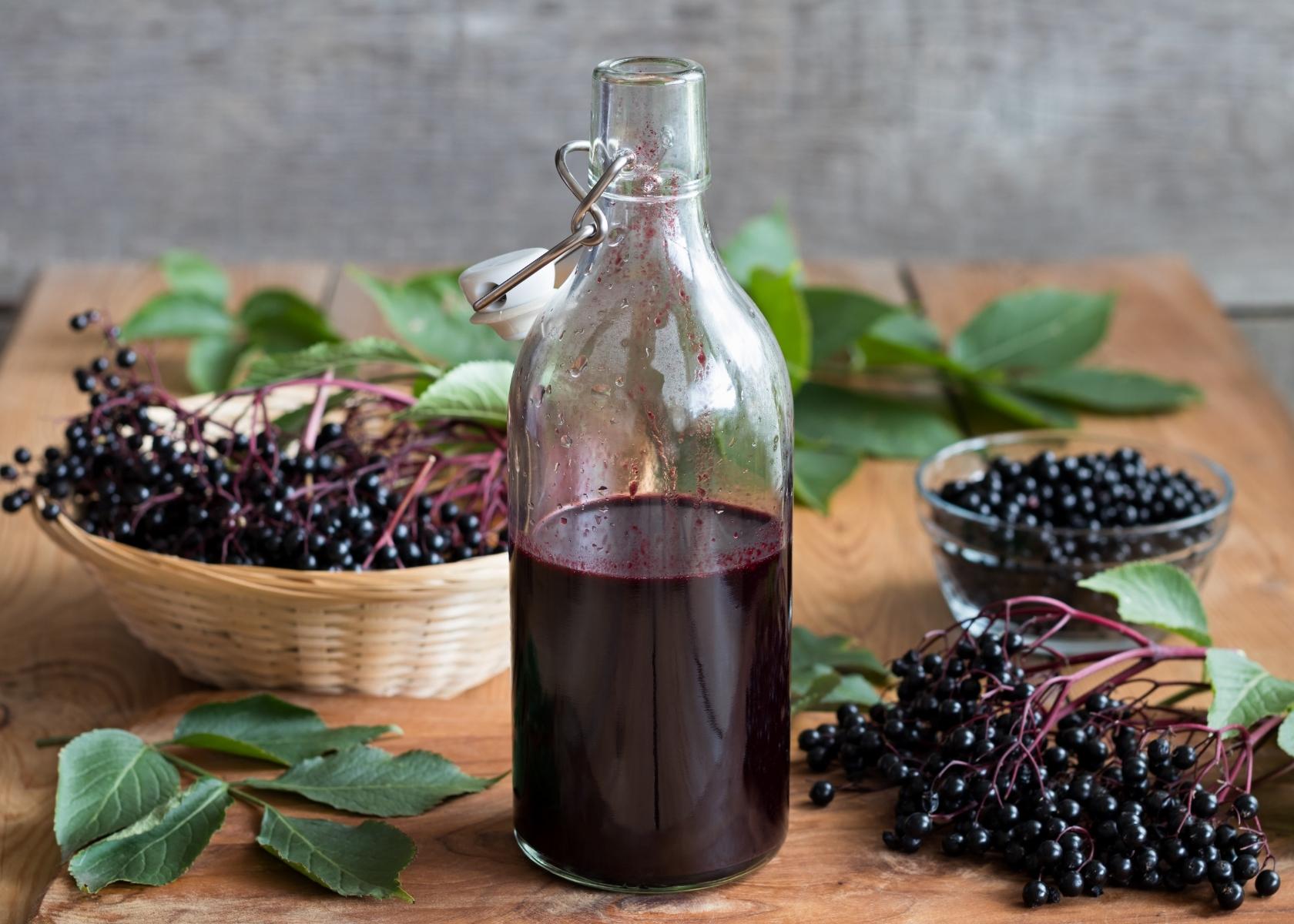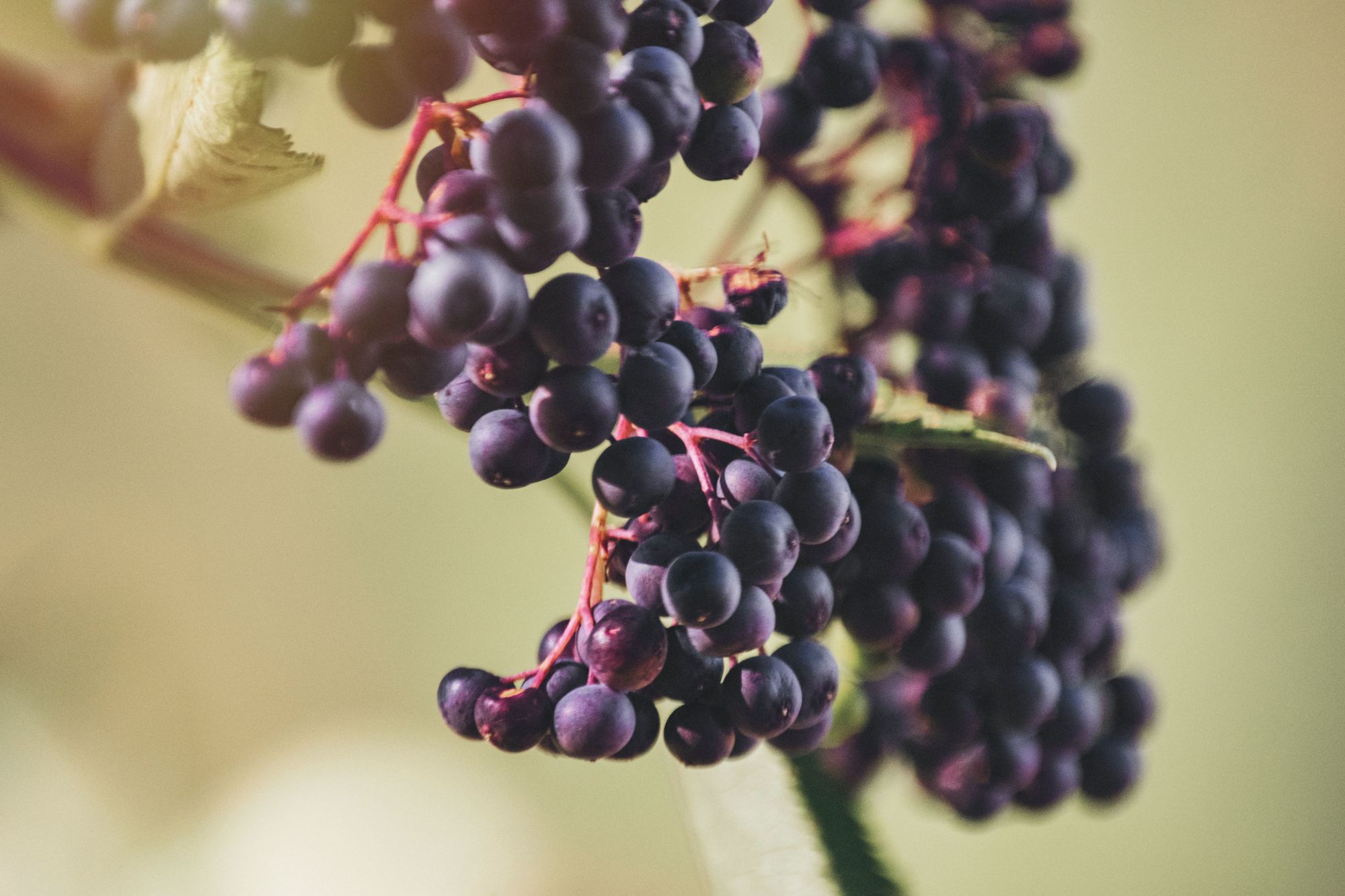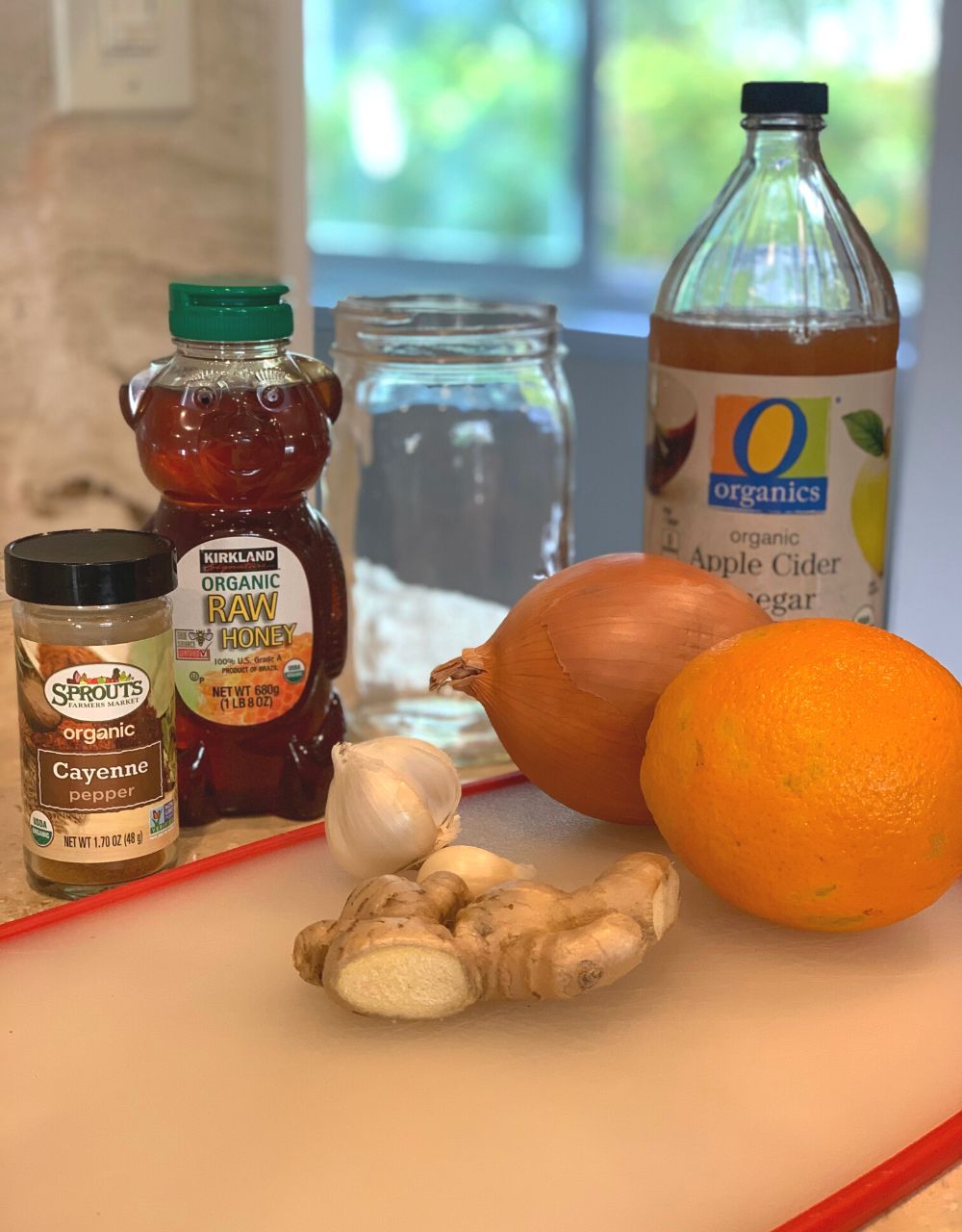
How to Make Fire Cider: The Power of Homemade Remedies
Learn 'How to Make Fire Cider' and add a zing to your wellness routine. Easy recipe for a fiery health tonic!
Have you ever wondered about the magic of homemade remedies and their potential to boost your wellness?
Today, we're going to dive into the world of Fire Cider—a potent, tangy tonic that's not only a joy to make but also packed with numerous health benefits.
So, are you ready to stir up some Fire Cider magic at home? Let's get started!
What is Fire Cider?
Before we roll up our sleeves, let's understand what this fiery concoction is all about.
Fire Cider is a traditional herbal folk remedy steeped in history and brimming with vitality.
It's an infused vinegar, often jazzed up with powerful ingredients like garlic, onion, ginger, honey, and cayenne peppers. But here's the twist—it's not just for culinary use. This spicy elixir has been celebrated for its health-boosting properties for centuries.
A Glimpse into the Past
Fire Cider was popularized in the 1970s by renowned herbalist Rosemary Gladstar. However, its roots trace back even further.
For hundreds of years, cultures around the world have valued the healing properties of vinegar and spicy plants.
Today, herbalists have embraced the popularity of herbal vinegars and oxymels (traditional elixir of vinegar and raw honey). The harmonious blend of flavors and medicinal properties makes them a cherished choice among herbal enthusiasts
Fire Cider is a tribute to these age-old traditions, combining the goodness of nature's most potent ingredients into a single, harmonious blend.
Health Benefits Galore
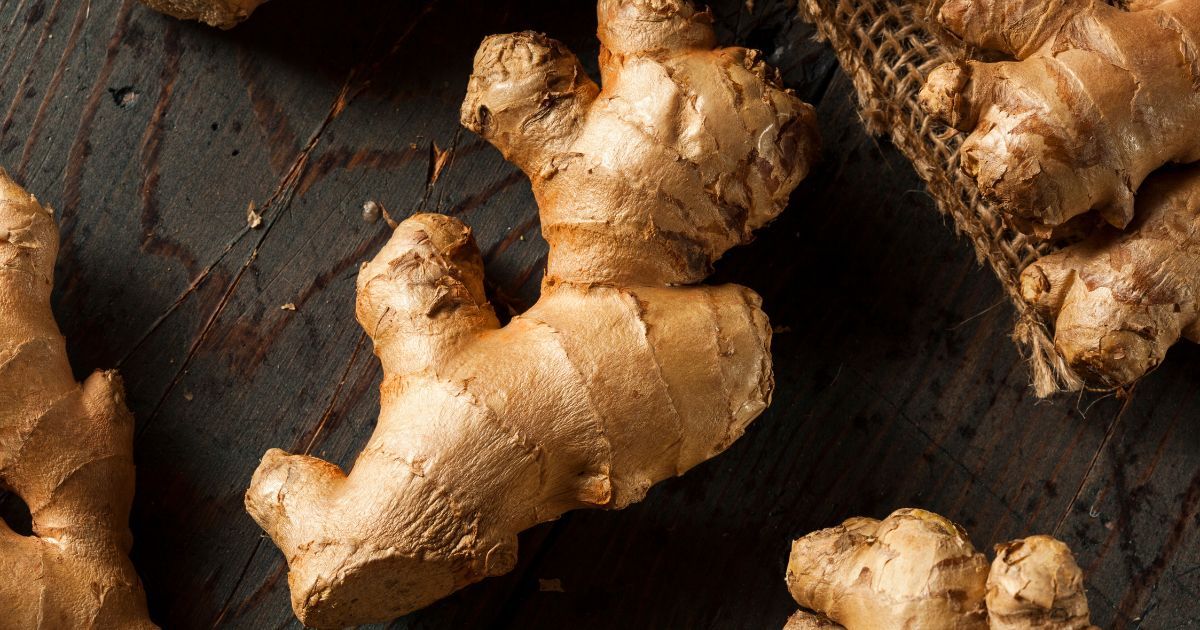
Now, you might be wondering—why go through the trouble of making Fire Cider at home?
Well, aside from the satisfaction of creating your homemade remedy, Fire Cider is a powerhouse of health benefits.
Its ingredients are known to boost the immune system, aid digestion, and promote circulation.
- Apple cider vinegar is a natural powerhouse, providing us with remarkable benefits—from its antimicrobial properties that can help defend against bacteria to balancing our blood sugar levels.
- Cayenne pepper contains capsicum which is high in vitamin C and other antioxidants. It has anti-inflammatory and cancer-preventing properties. Can also help increase metabolism and weight loss.
- Ginger is packed with gingerol and other medicinal properties, its anti-bacterial abilities can fight germs while antioxidants like those found in ginger help reduce inflammation and soothe nausea and stomach pain.
- Garlic Experiments show that garlic, including its compound allicin, effectively kills various microorganisms causing common and rare infections, including the common cold. It may also prevent colds and other infections.
- Honey is anti-viral, anti-inflammatory, antibacterial, and packed with antioxidants. Honey can also help improve digestive issues, soothe sore throats, and even battle bacteria in the body.
What's in a Batch of Fire Cider?
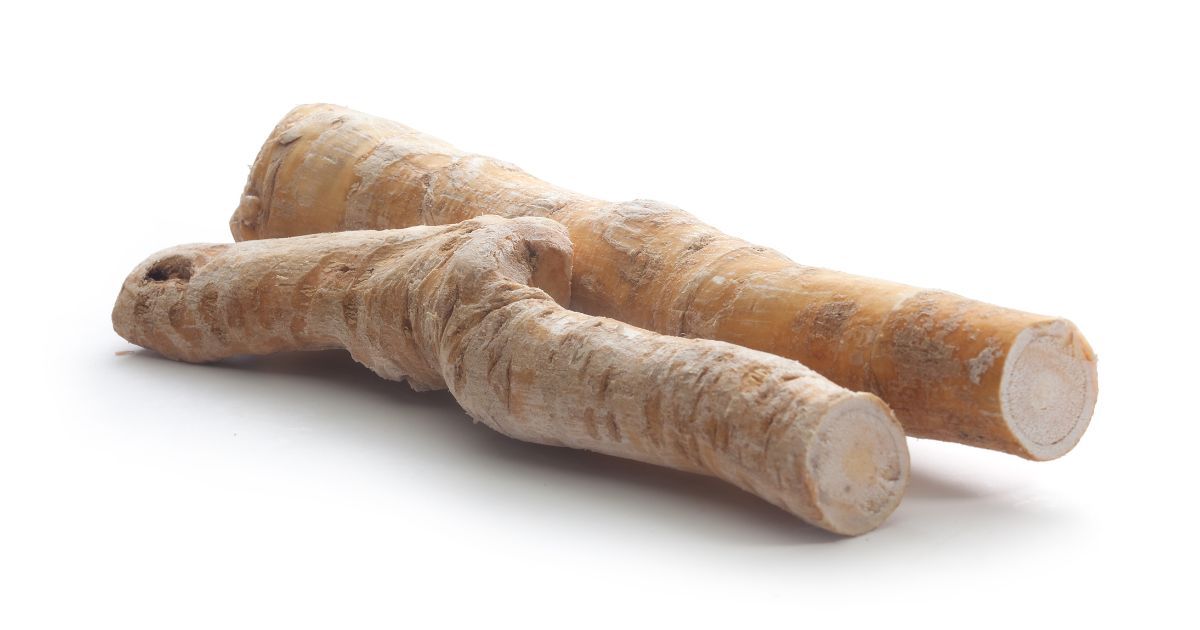
Now that we've whetted your appetite with the history and benefits of Fire Cider, let's delve into its fiery heart - the ingredients.
Though each batch of Fire Cider can be as unique as the person who makes it, there are a few staples that form the backbone of every traditional recipe.
Traditional Fire Cider Ingredients
Here's a list of the usual suspects you'll find in a traditional Fire Cider recipe:
- Apple Cider Vinegar: This is the base that carries all of the other ingredients. Braggs Apple Cider Vinegar is a very popular and well-known brand.
- Garlic: Known for its immune-boosting properties.
- Onion: Adds a depth of flavor and has antioxidant properties.
- Ginger: Aids digestion and adds a spicy kick.
- Horseradish: Clears sinuses and has antibacterial properties.
- Hot Peppers: Boost circulation and add heat.
- Raw Honey: Antiviral, anti-inflammatory, and adds sweetness.
- Orange: Vitamin C, helps to cut through the heat.
Each ingredient plays its part in making Fire Cider the healthful powerhouse it is. But remember, this is your Fire Cider!
Feel free to add or omit ingredients based on your taste and what's available. Some folks like to add turmeric for an anti-inflammatory boost, while others might throw in some rosemary for a hepatoprotective effect.
The Magic of Raw Apple Cider Vinegar

Now, let’s talk about the star player in our Fire Cider—raw apple cider vinegar.
Why is it such a critical component? Well, aside from providing the tangy base for all our other ingredients, raw apple cider vinegar (often abbreviated as ACV) is a health superstar in its own right.
Apple Cider Vinegar is packed with beneficial enzymes and bacteria due to the fermentation process it undergoes. It's known for its potential to regulate blood sugar levels, enhance weight loss, and improve skin health. Plus, it's believed to have antimicrobial and antioxidant effects.
And why raw? Raw Apple Cider Vinegar contains what's known as "the mother"—a mix of yeast and bacteria formed during fermentation. The mother is where most of the health benefits of Apple Cider vinegar come from, making it a vital part of our Fire Cider.
Rolling Up Our Sleeves: How to Make Fire Cider
Alright, it's time to get hands-on and craft your very own batch of Fire Cider. Don't worry, the process is straightforward, and the result—a tangy, spicy tonic—is worth it. Let's dive in!
Ingredients (use one quart-sized mason jar):
- 1 medium onion (peeled and roughly chopped)
- 1 bulb garlic (peeled and roughly chopped)
- 3-inch piece of fresh ginger (grated)
- 1 small orange (quartered)
- Apple cider vinegar (with the "Mother")
- 1 cup of raw organic honey (preferably local)
- ½ teaspoon cayenne pepper (optional).
Step-by-Step Fire Cider Recipe
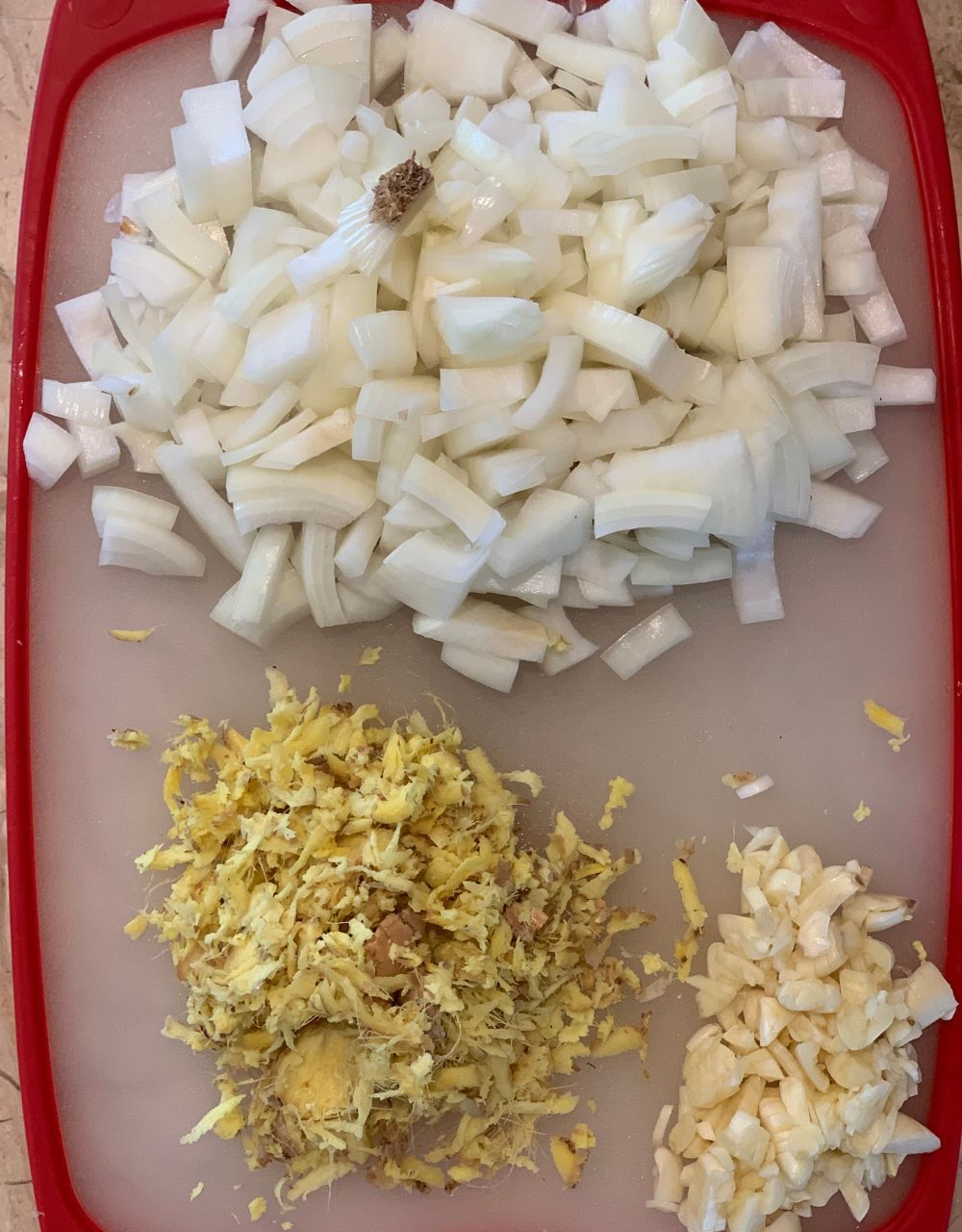
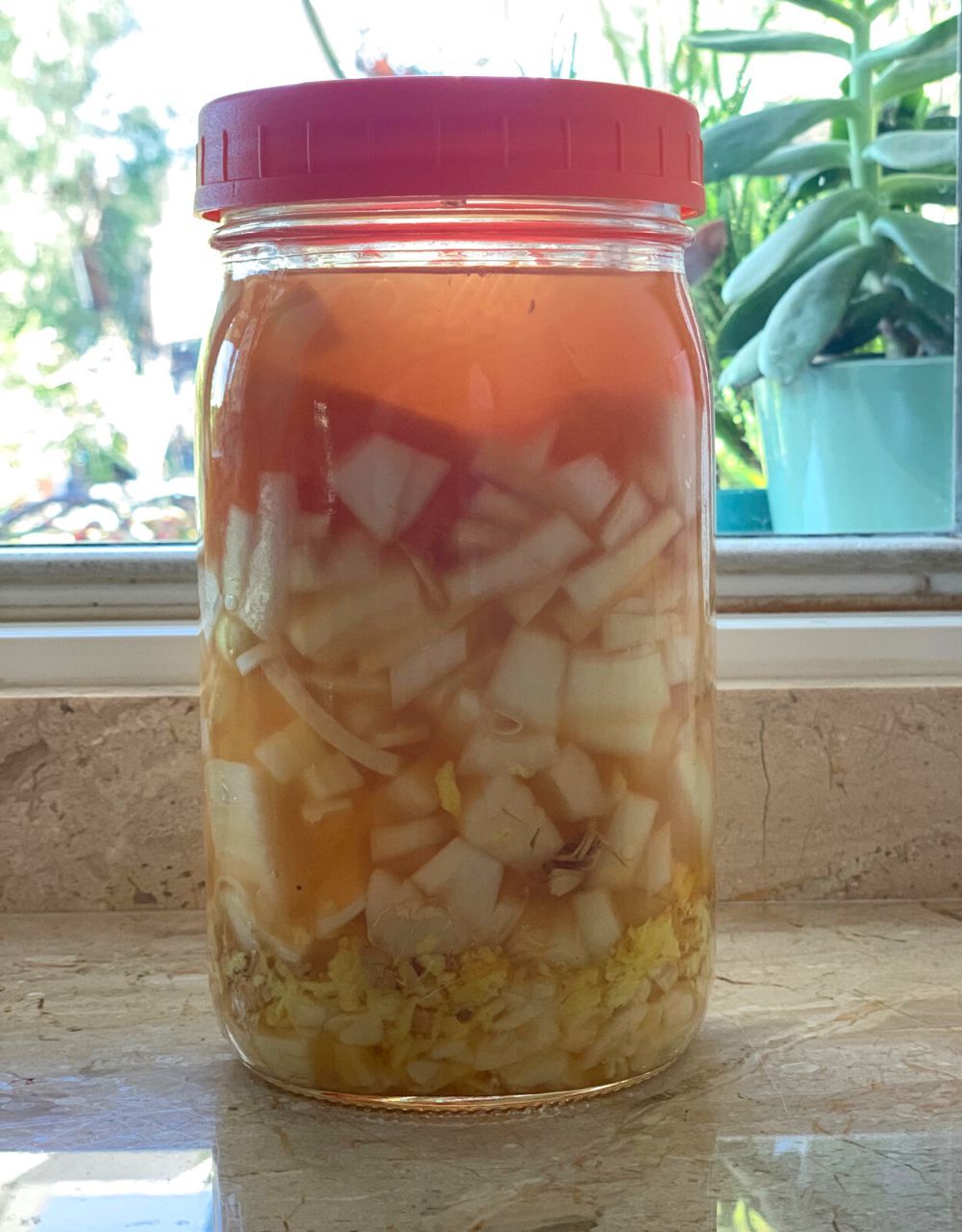
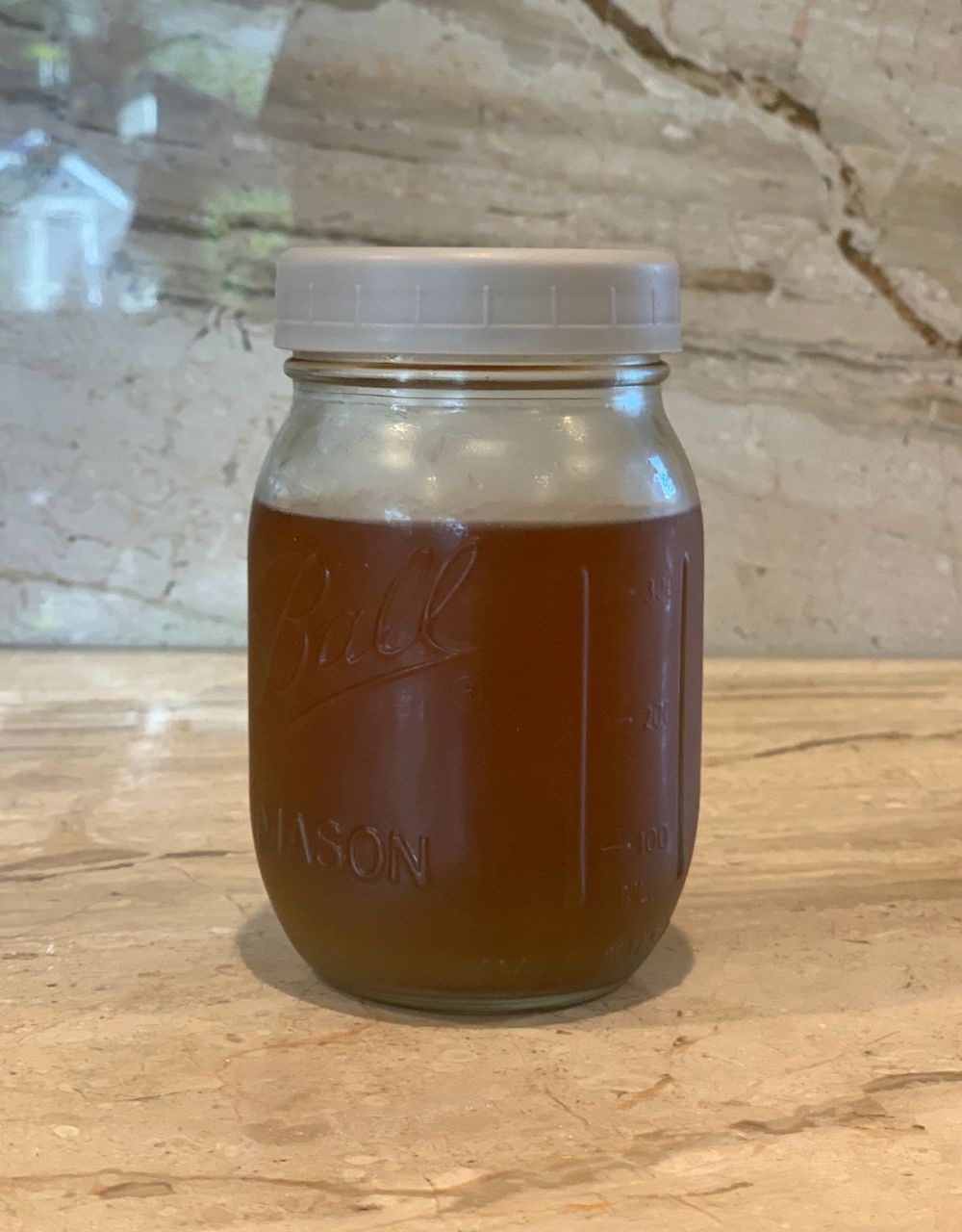
- Gather Your Ingredients: Feel free to add or omit based on your taste and health needs. For the best results, try to use organic, fresh ingredients whenever possible.
- Prepare Your Ingredients: Chop up your garlic, onion, ginger, horseradish, and hot peppers. The finer you chop, the more flavors you'll extract.
- Combine Everything: Place all your chopped ingredients into a glass jar. Next, pour apple cider vinegar over them until they are fully covered. Use a fermentation weight (smaller jar or even a clean rock) to make sure all ingredients are below the liquid level.
- Seal and Store: Cap tightly, with a plastic or non-metal lid (vinegar can corrode metal), and leave in the jar for 2-3 weeks, preferably in a sunny or slightly warm place. Shake the jar every few days to help mix the ingredients. NOTE: No need to fret if you notice the garlic turning green - it's a natural response when garlic comes into contact with an acid.
- Strain and Enjoy: After 2-3 weeks, strain and discard the herbs. After straining, measure the apple cider vinegar left and mix it with an equal amount of raw honey and add the cayenne pepper. Store the liquid in a clean jar. Your homemade Fire Cider is ready!
Brewing Tips and Storage Guidelines
Making Fire Cider is more of an art than a science. Feel free to tweak the recipe as you go along.
- Add more ginger if you want an extra kick, or throw in some star anise if you prefer a touch of licorice.
- When it comes to storage, your homemade Fire Cider should last up to a year if stored properly.
- Keep it at room temperature for up to 6 months and in the fridge for up to 18 months. And always use clean utensils when serving.
To Sweeten or Not to Sweeten

Ah, the great sweetening debate! Some folks love their Fire Cider pure and fiery, while others prefer a touch of sweetness to balance out the tang and heat.
So, should you sweeten your Fire Cider?
Ultimately, it's a matter of personal preference. Adding a sweetener like honey can make the taste more palatable for those new to Fire Cider. Plus, honey comes with its own set of health benefits, including soothing sore throats and boosting energy levels.
However, if you're watching your sugar intake, unsweetened Fire Cider is the way to go. It's still packed with health benefits and, after a few sips, you might come to appreciate its robust, unadulterated flavor.
Remember, there's no 'right' way to enjoy Fire Cider. Experiment with sweeteners, try different ingredient combinations and find what works best for you. After all, this is your journey into the world of homemade remedies. Make it enjoyable!
A Cool Question: Should Fire Cider Be Refrigerated?
Now that you've brewed your batch of Fire Cider, you might be wondering where to store it. The refrigerator? The pantry? Let's clear up the confusion.
Fire Cider doesn't necessarily need to be refrigerated. Thanks to vinegar's natural preservative properties, your Fire Cider should stay good in a cool, dark pantry for about 6 months.
However, if you prefer your Fire Cider chilled or want to extend its shelf life, feel free to store it in the refrigerator.
How Long Does Fire Cider Keep?
Well-stored Fire Cider can keep for up to 6 months in your pantry, and even longer in the fridge.
However, always remember to use clean utensils when serving to prevent contamination.
And as with any homemade product, if it looks, smells, or tastes off, better safe than sorry—discard it.
Adding a Spark: Different Ways to Use Fire Cider

Now that you've got your homemade Fire Cider, how do you incorporate it into your daily routine? Fortunately, Fire Cider is as versatile as it is healthful.
Here are a few ways to enjoy this tangy tonic:
- As an Immune Booster: take 1 teaspoon as needed daily or when illness strikes. You can take as much as 1 teaspoon an hour during an illness or until symptoms subside. It may be taken daily during winter months for extra support throughout cold and flu season.
- As a Shot: This is the classic way to consume Fire Cider. Start your day with a small shot of Fire Cider to wake up your senses and kickstart your digestion.
- In Tea: Add a splash of Fire Cider to your morning tea for an extra warming effect.
- In Cooking: Fire Cider can also be used in cooking! Drizzle it over roasted vegetables, mix it into salad dressings, or use it as a marinade for meat.
Remember, the goal is to make Fire Cider a part of your wellness routine, so feel free to adjust its usage based on your health needs and taste preferences.
Start with a small amount and increase gradually. If the taste is too strong, mix it with water or juice.
Exploring Variations: Customize Your Fire Cider
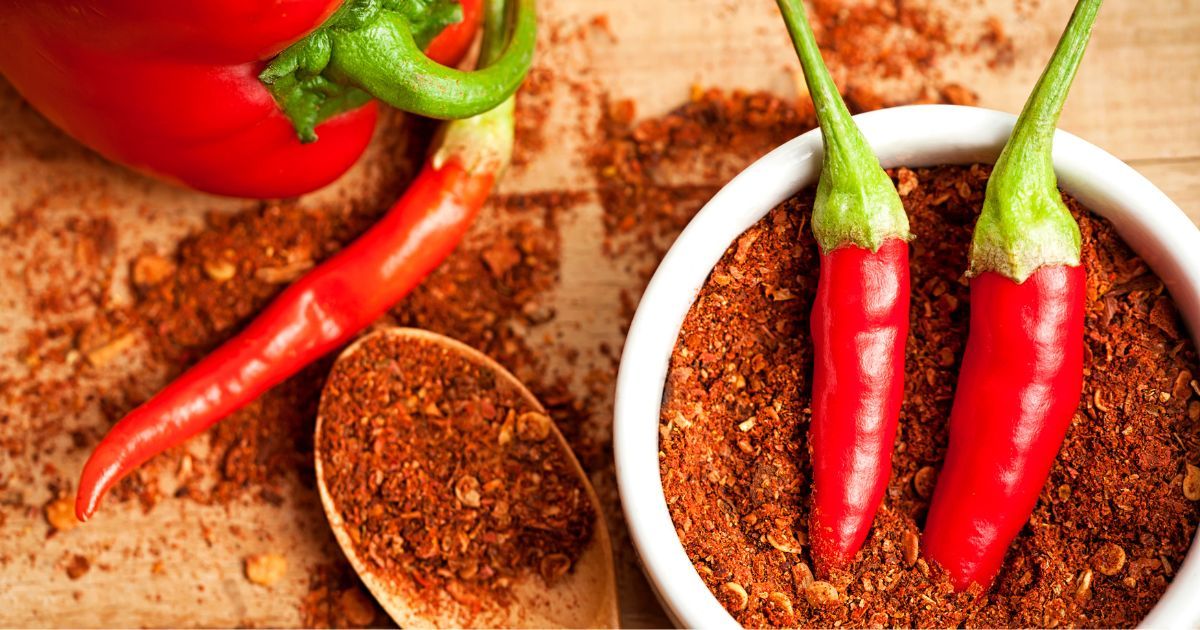
Fire Cider is wonderfully versatile, and one of the best things about making it at home is the ability to customize it to your liking.
Do you want it spicier? Sweeter? Maybe you’d like to incorporate flavors from your favorite cuisine? The possibilities are endless!
Here are a few variations you can try:
For the Heat-Seekers
If you love all things spicy, consider adding more heat to your Fire Cider. Additional hot peppers, fresh horseradish, or even a dash of cayenne pepper can kick up the heat level.
Sweet and Soothing
If the heat is too intense for your liking, consider sweetening your cider. Honey is a popular choice, but you could also experiment with maple syrup or agave nectar. These natural sweeteners not only balance the heat but also bring their health benefits to the table.
Herbal Delight
Fresh herbs can add depth of flavor and additional health benefits to your Fire Cider. Rosemary, thyme, and oregano are excellent choices with their potent antibacterial and antiviral properties.
Citrus Burst
For a refreshing twist, add some citrus to your Fire Cider. Lemon, lime, or grapefruit zest can give your cider a bright, tangy note that pairs beautifully with the heat.
Global Flavors
Why not incorporate flavors from around the world? Turmeric and black pepper could give your Fire Cider an Indian twist. A splash of soy sauce and a bit of wasabi could take it to Japan. The sky's the limit!
Remember, the beauty of homemade Fire Cider is in its flexibility. Don't be afraid to experiment with different ingredients and flavors. After all, the best Fire Cider recipe is the one that you'll enjoy drinking every day!
Wrapping Up: The Fire Cider Journey
We've come a long way in our exploration of Fire Cider—from understanding its history and benefits to brewing a batch at home and exploring different ways to enjoy this fiery tonic.
Fire Cider is more than just a wellness trend—it's a testament to the power of nature and traditional remedies. Packed with immune-boosting, digestion-aiding ingredients, it's a simple way to add a spark of health to your daily routine.
We hope this guide has encouraged you to try making Fire Cider at home. Remember, this is your personal Fire Cider tonic—feel free to experiment with different ingredients, adjust the sweetness, and find the usage method that fits your lifestyle best.
Here's to hoping you enjoy this journey into the world of homemade remedies as much as we enjoyed guiding you through it. Cheers to your health and happiness with this Homemade Fire Cider Recipe!
Before You Go...
